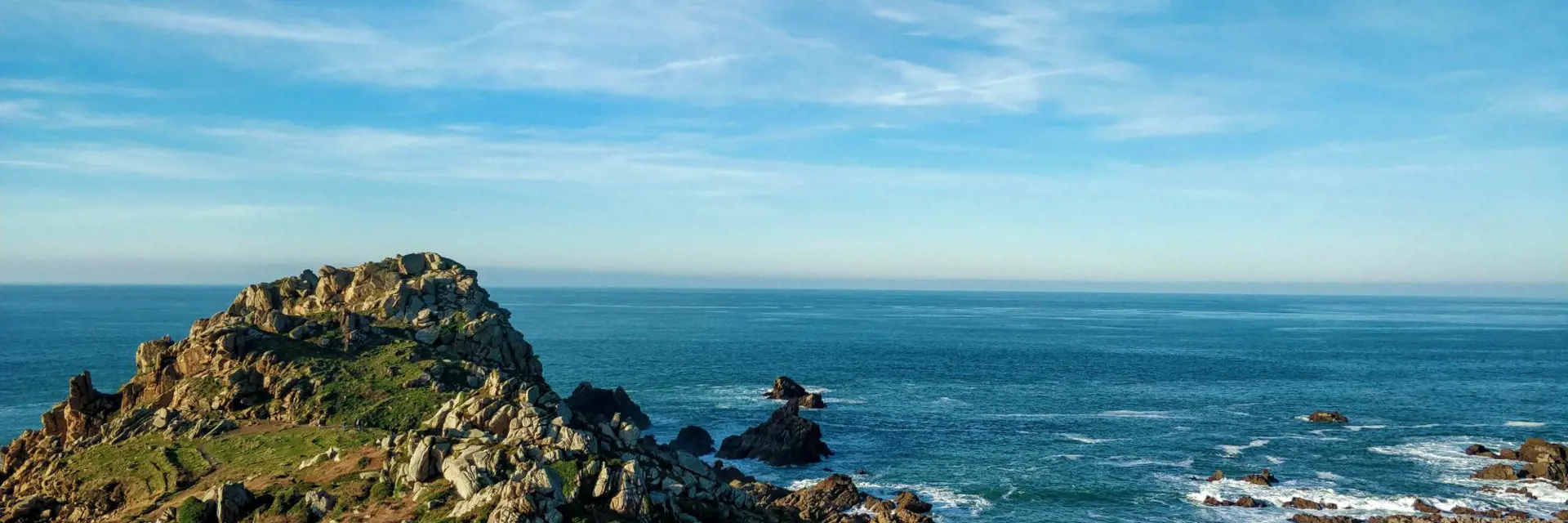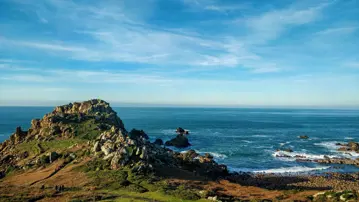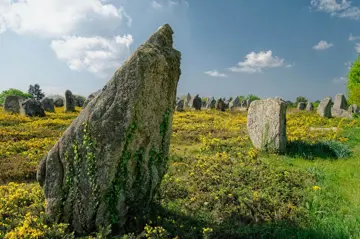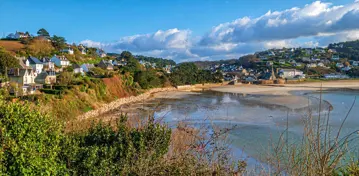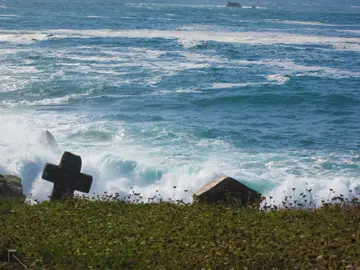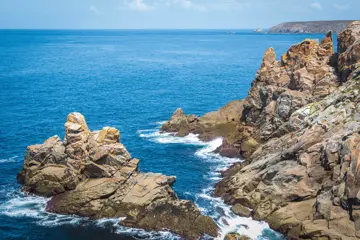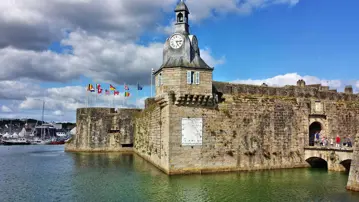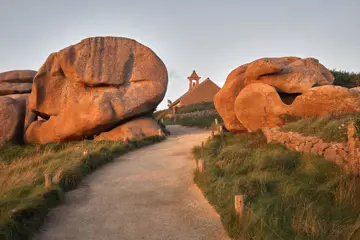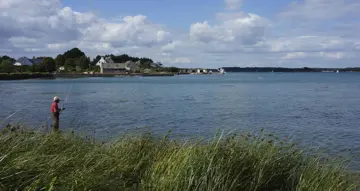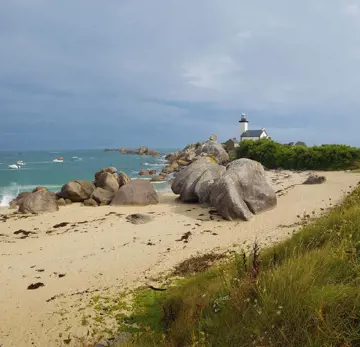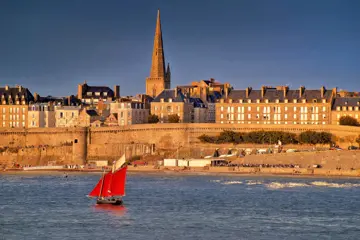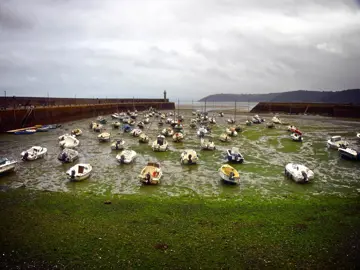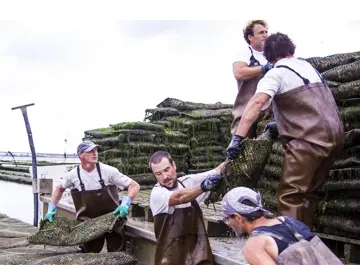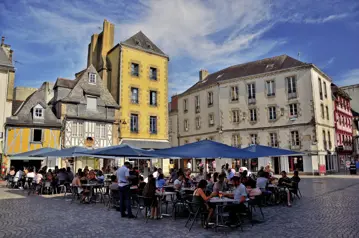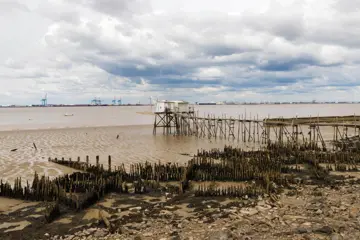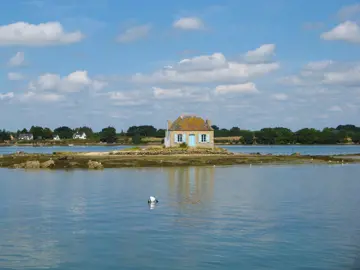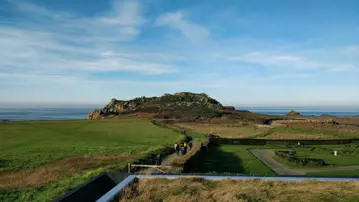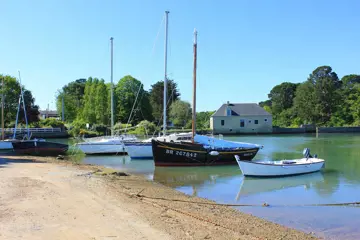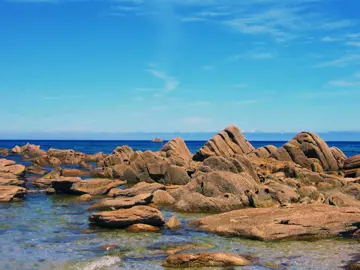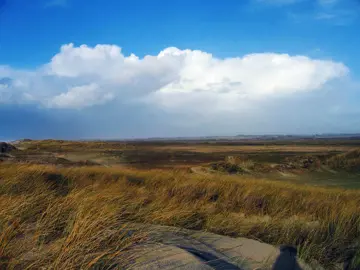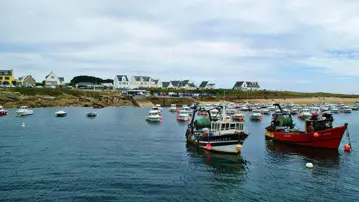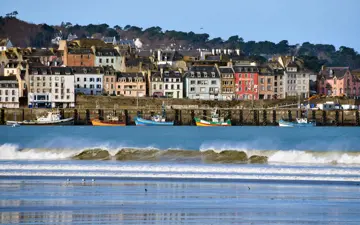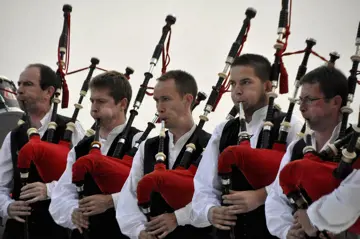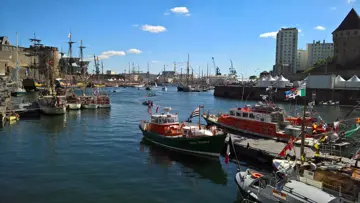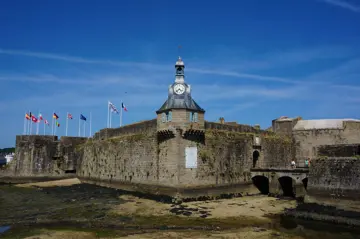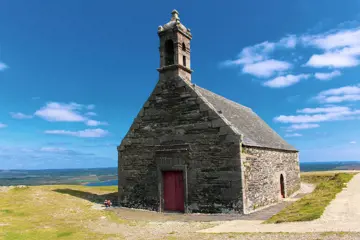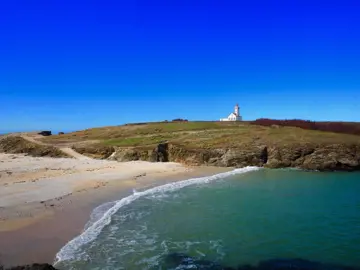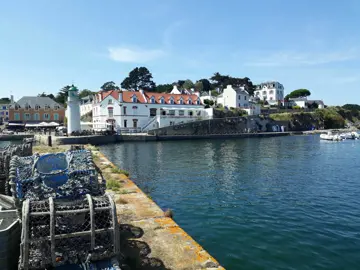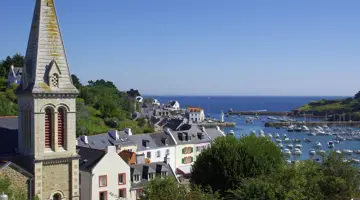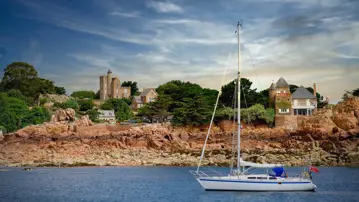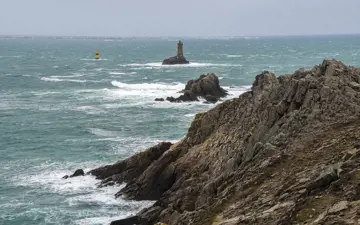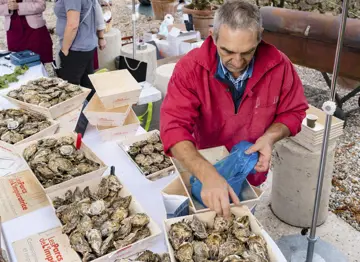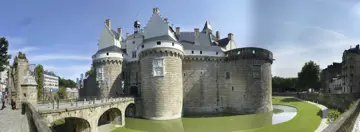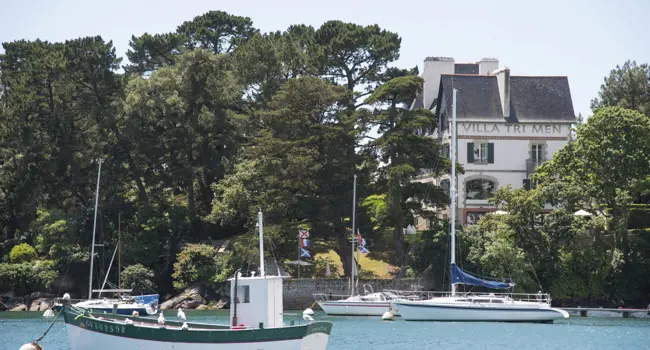Few regions capture the imagination as much as Southern Brittany. The westernmost department of Finistère (Finis Terrae) does not mean 'the end of the world' without reason. In this fascinating region, you cannot help but succumb to the call of nature.
This experience trip takes you from jagged coastlines with fishing ports, immense beaches and vast oyster beds to prehistoric sites and pristine nature reserves. Explore picturesque artists' villages, shop in centuries-old Renaissance districts and taste delicious fresh fish, lobster or crab in one of the many typical ports.
Discover Celtic monuments, take scenic walks through mythical landscapes or explore beautiful islands during a boat trip. Southern Brittany's diverse splendour has something for everyone!
Day 1: Departure to Bénodet (Pointe de Combrit)
When you arrive in Bédonet, you will stay three nights at a hotel in Pointe de Combrit. Here you can explore some impressive lighthouses by the beach and visit the port on the Odet estuary.
Day 2: Chasing artists
Explore cosy walled Concarneau, la 'Ville Close', known as France's first fishing port when it comes to supplying fresh fish. For example, tuna caught in African waters and the Indian Ocean come ashore here. Continue to Pont-Aven, the city of painters, where Paul Gauguin settled in 1886 and founded the 'Ecole de Pont-Aven'. Afterwards, drive on to Quimper, the capital of Cornouaille where St Corentin stands, also called Brittany's finest Gothic cathedral. Inside the fortified ramparts in the old Renaissance quarters, it's fun shopping and strolling along the banks of the Odet.
Day 3: Crawfish, lobsters and crabs
A day's programme takes you to Audierne, a typical fishing port with famous 'fish ponds', one of the largest in Europe, where crawfish, lobsters and crabs are kept. Afterwards, you will drive along the beaches to Pointe du Raz, France's second westernmost point with beautiful views of the strait. Here, rough rocks eroded by the natural elements become true works of art. Then you go via Douarnenez, where the port was the inspiration for many a painter, to Pleyben for Brittany's most impressive 'calvaire'.
Day 4: Celtic presence
On day 4, you'll drive south via Hennebont, famous for its horse stud farm, to the colourful fishing port of Lorient. 18th-century Lorient was almost completely destroyed in World War II, but has subsequently risen completely from its ashes. This second French fishing port, after Boulogne, proves its Celtic identity every year during the famous 'Festival Interceltique', which attracts many people from places like Ireland and Wales. Next, head to the beautiful Gulf of Morbihan, which embraces numerous islets like a horseshoe, as an 'inland sea' on the southern coast. The scenery there is stunning, as is the light of the sunset, especially at low tide. It is a blissful spot for fishing boats and oyster barges heading for Auray and the port of Vannes. You will stay three nights at a Caractère hotel nearby.
Day 5: The megaliths of the Morbihan and Vannes
More than 4,000 pre-Celtic dolmens, burial mounds and menhirs adorn the Bay of Morbihan. Around Carnac alone there are over 3,000 massive monolithic rocks, quite impressive! The island of Gavrinis is home to the largest 'cairn' (high burial mound) in Brittany, while Locmariaquer possesses the largest menhir. If you have some time to spare on day 5, you can embark on a boat trip along the Gulf of Morbihan from the little port of Trinité-sur-Mer or Locmariaquer. Then return via picturesque Auray with a busy pilgrimage site nearby where Sainte Anne, mother of Mary and patron saint of Brittany, is worshipped. Finally, you reach cosy, walled Vannes, chief town of Morbihan, built in the shape of an amphitheatre. The city lies on the tidal river Bono. The marina quarter is also the place for a nice (fish) meal here.
Day 6: Quiberon and a boat trip to Belle-Ile
On the schedule today: an exploration, on foot or by bike, of the Quiberon peninsula, with its beautiful wild coastal strips. From here, you can take wonderful hikes around Trescalan and surrounding villages or, even better, to La pointe de Merquel and Kerhinet or to Piriac and Guérande. Another option is by boat to Belle-Île, the largest island off the Breton coast. As early as the 19th century, artists came to Belle-Île and drew inspiration from it. Besides its mythical landscape and its 'Côte Sauvage', Vauban's 16th-century citadel is also worth a visit. This protected island is also a place for beautiful, long walks: there are high cliff coasts and impressive sea panoramas, sandy beaches, colourful villages and a lighthouse to climb.
Day 7: Going home
On your way back, you may want to stop by Nantes, the capital of Brittany known for its festivals. If you would like a longer holiday, it is also possible to extend your tour at one of the Caractère hotels of your choice. This wonderful round trip is an ideal extension of the North Brittany experience trip.
Why book with Caractère?
- Best price guarantee
- Caractère extras
- Just one phone call or email away from our enthusiastic travel experts
- Pay safely
- No extra or hidden fees
